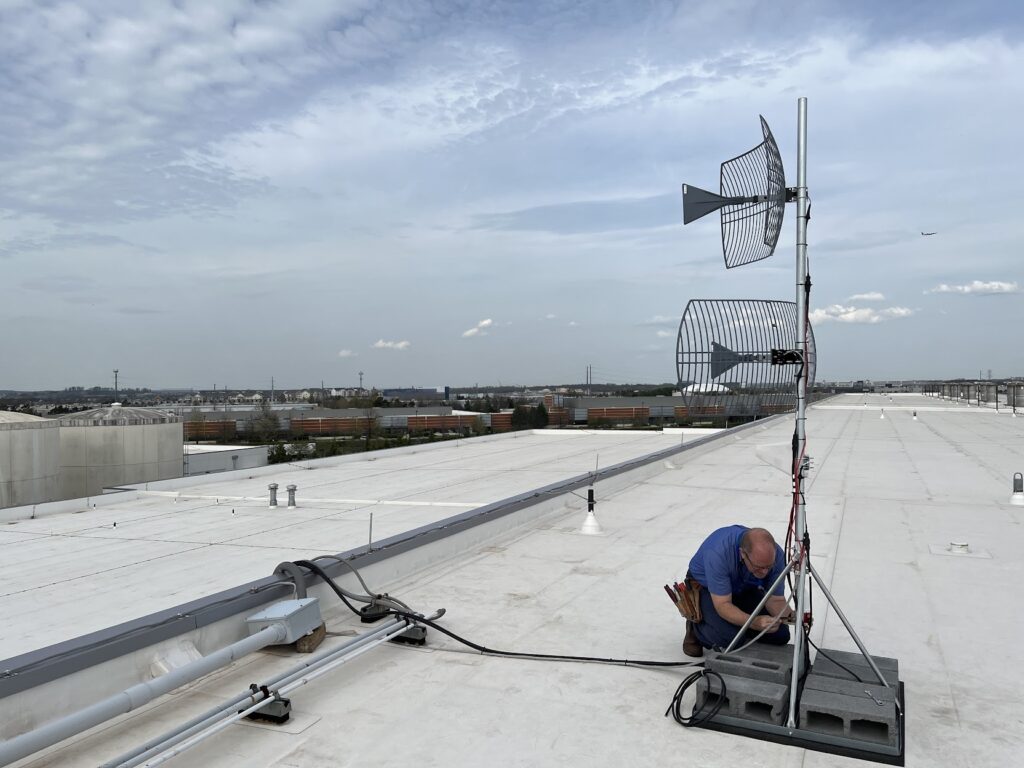Reliable in-building wireless connectivity has become a necessity for commercial properties, hospitals, and high-rise developments. However, achieving strong and consistent indoor coverage often requires a Distributed Antenna System (DAS). A well-planned DAS Installation can eliminate weak signal zones, improve communication efficiency, and ensure compliance with safety standards. Yet, before beginning such a project, several critical factors must be addressed to ensure both technical and financial success.
1. Assessing Building Layout and Signal Challenges
Every building has a unique structure that affects wireless signal propagation. Thick concrete walls, metal framing, and energy-efficient glass can block or weaken signals. Conducting a comprehensive site survey helps identify dead zones, existing signal strengths, and key coverage areas. This assessment determines how many antennas are required, where they should be placed, and what type of system design will deliver the most effective results.
Many reputable agencies, such as Maximum Communication (bdamax.com), perform detailed RF (radio frequency) surveys before starting the DAS Installation process. This ensures the design accurately reflects the building’s needs and reduces the risk of performance issues after deployment.
2. Defining Project Goals and Performance Expectations
Before installing a DAS, stakeholders must define what the system is expected to achieve. Is the goal to improve cellular coverage for tenants, support public safety communications, or both? Understanding the end use helps determine whether the project requires a commercial DAS, a public safety DAS, or an integrated hybrid system.
Setting clear performance benchmarks, such as minimum signal strength or carrier coverage requirements, allows the design team to align system capabilities with operational objectives. These expectations also help prevent scope changes and additional costs during implementation.
3. Ensuring Code Compliance and Carrier Coordination
Local and federal regulations often dictate how a DAS must be installed, especially for public safety communication systems. These systems need to meet standards such as NFPA 72 or IFC 510, ensuring first responders can communicate effectively inside the building.
Additionally, commercial DAS projects must be coordinated with wireless carriers to ensure compatibility and signal authorization. Early communication with carriers and code enforcement officials streamlines the approval process and avoids costly delays later in the project.
4. Planning for Scalability and Future Upgrades
Wireless communication needs are constantly evolving as new technologies like 5G and private LTE become more common. A well-designed DAS Installation should accommodate future upgrades without requiring a complete system overhaul. Using modular components, flexible cabling, and scalable architecture ensures the system remains relevant for years to come.
Forward-thinking integrators like Maximum Communication design DAS infrastructures with adaptability in mind, allowing property owners to integrate emerging technologies with minimal disruption.
5. Budgeting and Long-Term Maintenance
While the initial cost of a DAS Installation can be significant, it is important to consider the long-term benefits. Improved connectivity enhances tenant satisfaction, productivity, and property value. Establishing a realistic budget that includes maintenance, monitoring, and potential upgrades will help ensure consistent system performance over time.
Partnering with experienced providers helps avoid unexpected expenses and ensures the project delivers measurable value throughout its lifespan.
Conclusion
A successful DAS Installation depends on careful planning, accurate assessment, and long-term foresight. From understanding building challenges to ensuring compliance and scalability, each decision shapes the system’s effectiveness. Property owners who collaborate with experienced professionals, such as Maximum Communication, gain a communication infrastructure that not only solves today’s coverage challenges but also prepares their buildings for the connectivity demands of tomorrow.
